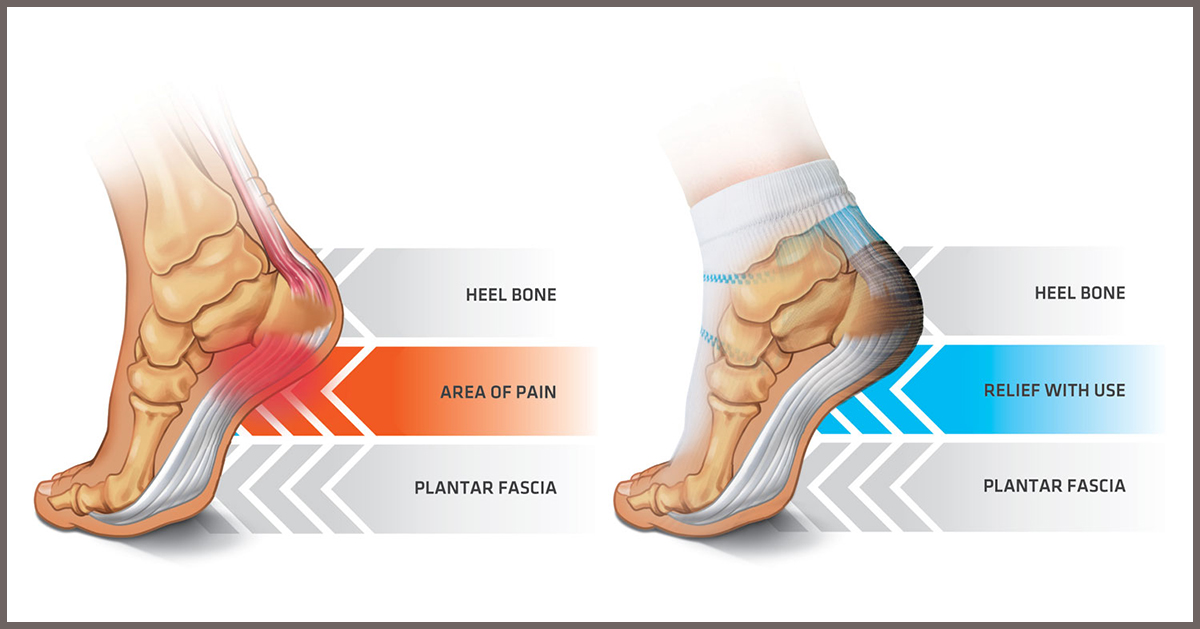What Every Parent Needs To Know About Hand-mouth-foot-disease
One of the most unfortunate things a parent will experience in their lifetime is dealing with a sick child. No parent wants to see their child suffering, especially when mouth sores, rashes, and fever are typical symptoms. Hand-mouth-foot disease is a common and minor illness many children become infected with and can spread to other children and adults alike. Learn more about this illness, the strand of viruses causing it, the symptoms parents should look for, and how to stop this nasty virus from spreading now.
What Is Hand-Mouth-Foot Disease Exactly?

Hand-foot-mouth disease, commonly abbreviated to HFMD, is a virus that often affects children under ten, however, any individual regardless of age, gender, and ethnicity can contract it. Common signs and symptoms include sores in and around the mouth, and an intense rash on the hands, feet, legs, and buttocks. Although it is unpleasant and uncomfortable, especially for children, it is not a serious illness and can be treated effectively and quickly. Cases of HFMD tend to occur more often during the summer and fall, as the virus tends to spread easily during these seasons due to warmer temperatures.
An individual can contract the illness by coming into contact with another patient afflicted with it, or even from surfaces or items that have come into contact with a sick individual, such as toys, a tabletop, or doorknob. Children are often infected with HFMD as it commonly occurs in child care settings due to frequent diaper changes, potty training, and because little children tend to put their hands in their mouths.
What is the virus that causes hand-mouth-foot disease? Continue reading to discover the answer.
Causes Of HFMD

Hand-mouth-foot disease is the result of a couple of different strands of the same virus, the coxsackievirus, specifically the coxsackievirus a16 and enterovirus 71. The coxsackievirus is part of a family of viruses known as enteroviruses. Enteroviruses are composed of a single strand of ribonucleic acid (RNA), and the enteroviruses are referred to as picornaviruses, as it is considered a ‘small RNA virus’ that is not typically serious. These family of viruses are present in numerous countries around the world and spread by fecal-oral route. Approximately, ninety percent of infections do not cause any noticeable symptoms or may result in a fever only. Infants and young children are especially susceptible to symptomatic coxsackievirus, however, adults can catch the virus as well. Individuals and children can become infected with the disease if they come in contact with an infected person, especially if they come into contact with nasal secretions or throat discharge, saliva, fluid from blisters, stool, and respiratory droplets in the air from a cough or sneeze.
Keep reading to learn about the various symptoms patients and parents should be aware of if they or their child become infected.
